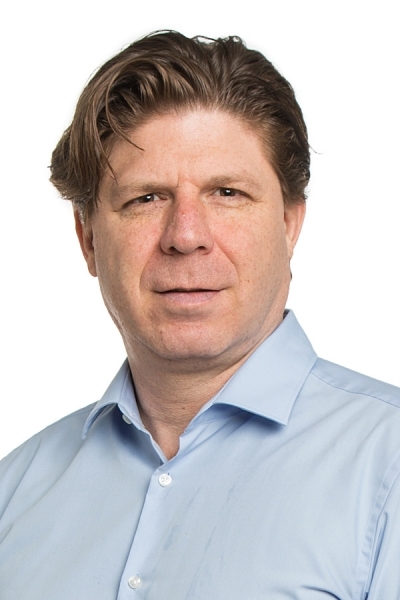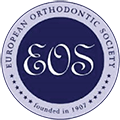
Stephan von Gunten, Switzerland
Curriculum vitae
Dr von Gunten has been associate professor (since 2016) and principal investigator (since 2010) at the Institute of Pharmacology, University of Bern, Switzerland. He obtained his Medical Licensure (1998) and doctoral thesis (Dr. med.; Dr. phil.) at the University of Bern, Master of Medical Education (University of Bern, CH & University of Illinois at Chicago, USA; 2002), Postdoc (2006-2008) at the Johns Hopkins University, Baltimore MD, USA and Venia Docendi in Pharmacology at the University of Bern (2012). He undertook his clinical internships in surgery (Langenthal, Switzerland) and pathology (Universities of Bern and Basel, Switzerland).
His research interests are: Immunopharmacology and glycoimmunology of cancer and inflammatory disease. Research activities, which have been funded by competitive grants, have been honoured with several international and national prizes. Among other academic and administrative roles, he is currently President of the Swiss Society of Experimental Pharmacology (since 2016) and Board member of the Swiss Society of Pharmacology and Toxicology.
Lecture
Drugs in orthodontics: a pharmacologist’s perspective
The biological processes that come into play during orthodontic tooth movement are influenced by a variety of pharmacological agents. The effects of such agents are of particular relevance to the clinician as the rate of tooth movement can be accelerated or reduced. While certain drugs might negatively affect treatment, accumulating evidence suggests that specific pharmacological strategies might be employed to support orthodontic procedures. Such drugs may be agents that modulate orthodontic tooth movement by targeting inflammation and/or bone metabolism, as well as agents that indirectly affect the treatment result, e.g. by preventing complications such as root resorption.
An overview on drugs that may have an impact on orthodontic tooth movement and the potential of pharmacological strategies aimed at supporting orthodontic interventions will be highlighted. Limitations of current experimental models and the need for well-designed clinical and pre-clinical studies will also be discussed.



